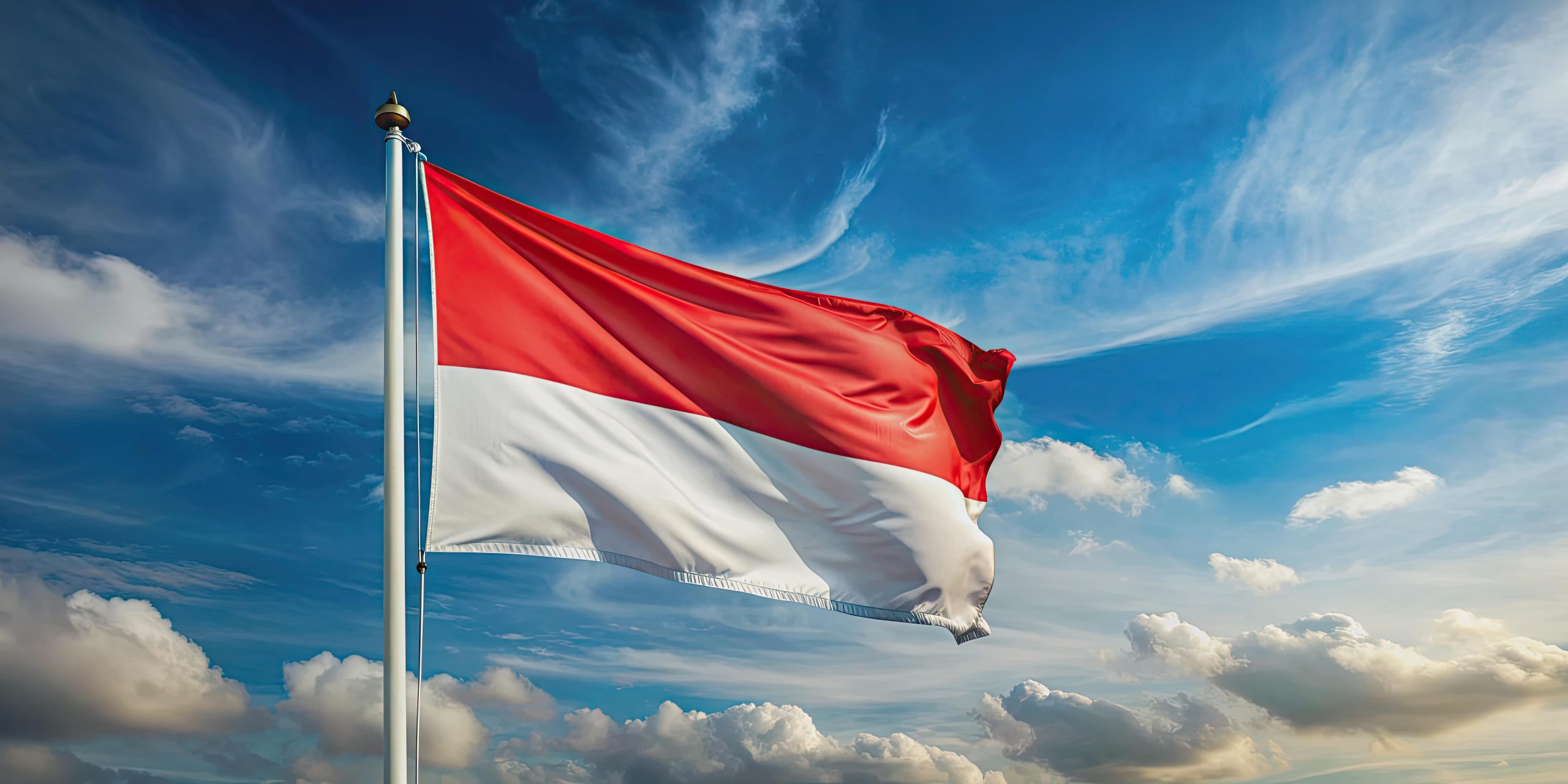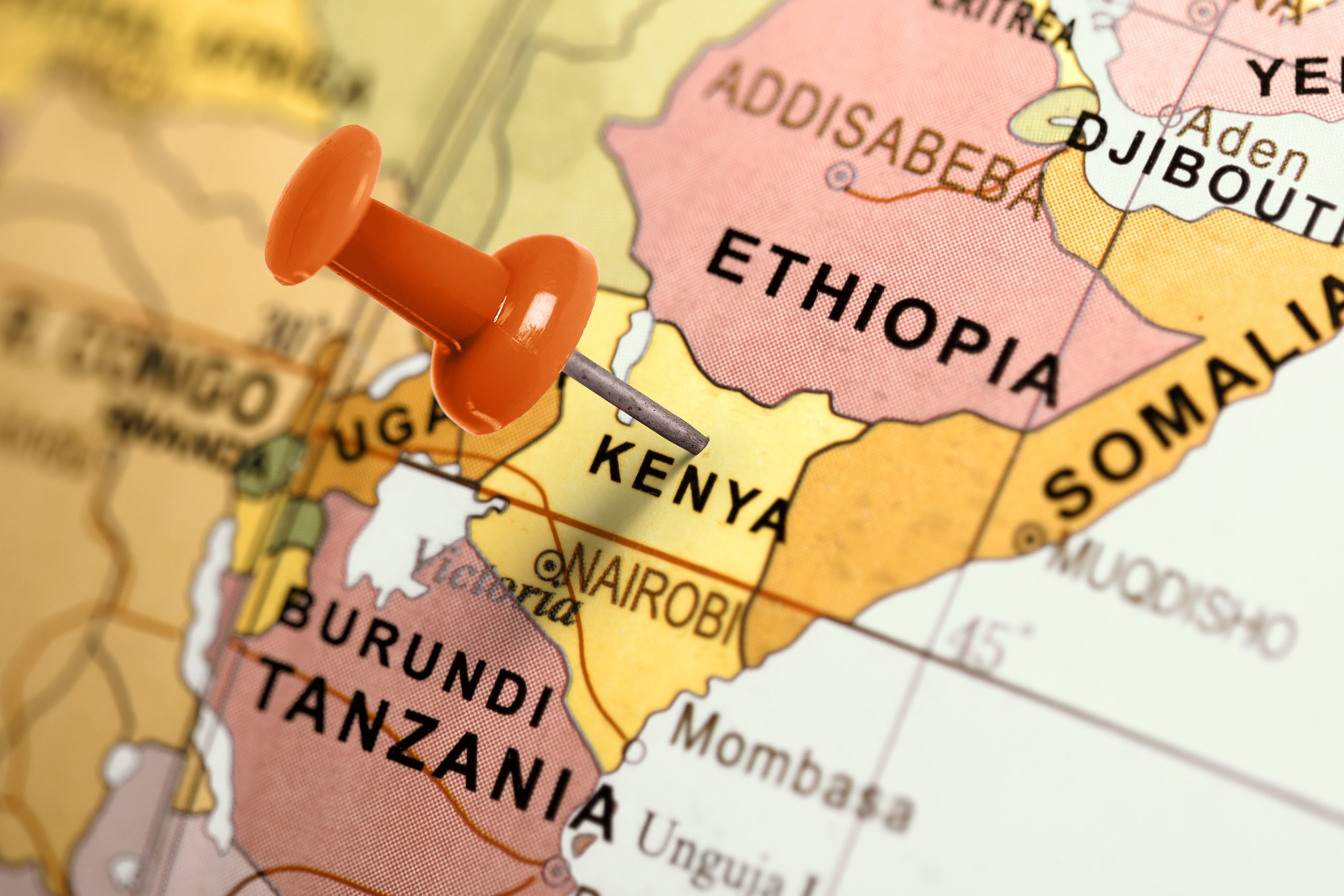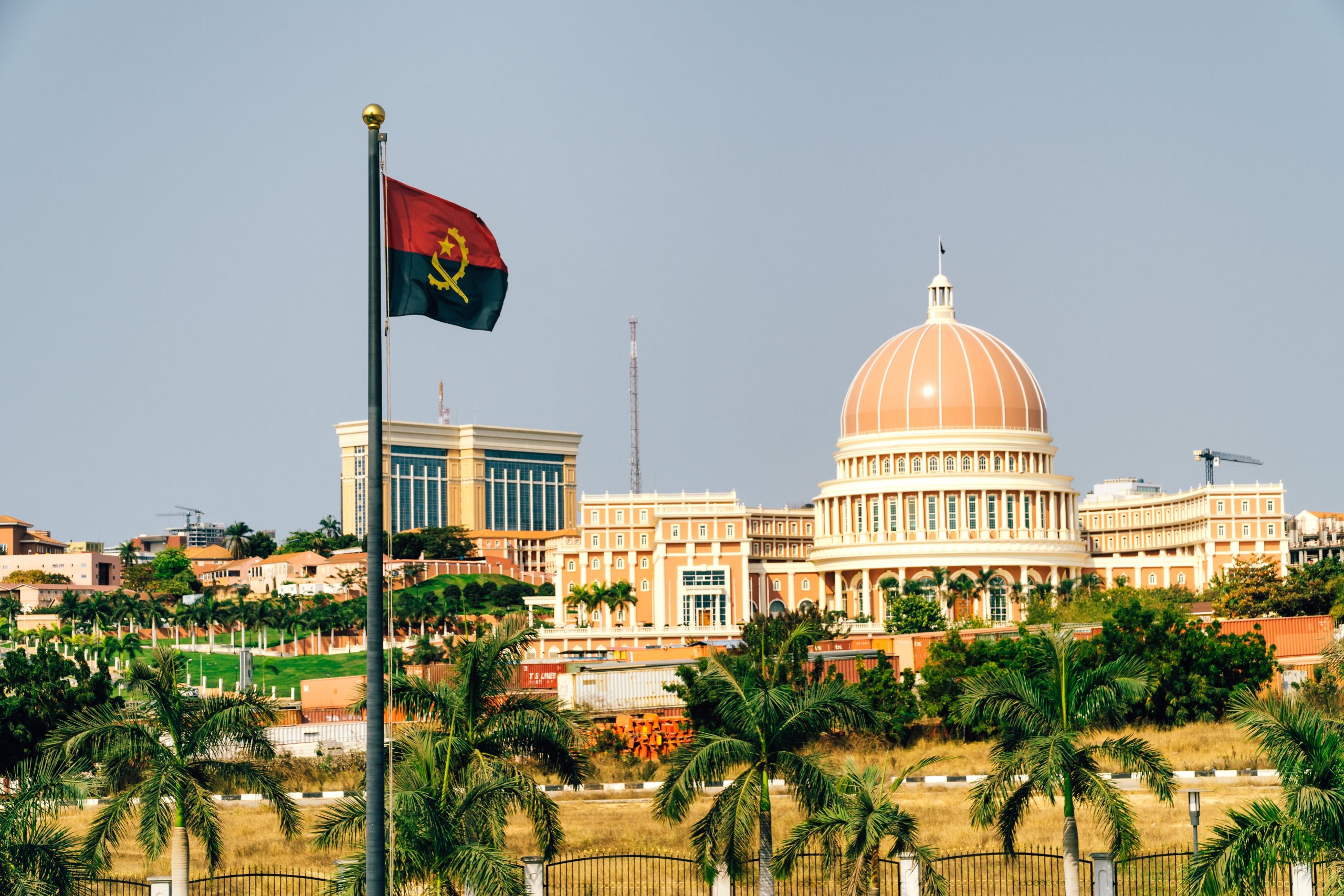Indonesia’s National Hydrogen Strategy: Paving the Way for Green Energy Transition

Pilot projects and investments as part of Indonesia’s roadmap to achieve Net Zero Emissions (NZE) by 2060.
Indonesia has released its National Hydrogen Strategy, setting a framework for developing the hydrogen sector and outlining its role in the country’s long-term energy transition. The strategy signals to state-owned and private energy companies the government’s commitment to hydrogen, encouraging pilot projects and investments.
Strategic Goals
The hydrogen strategy is designed around three key pillars:
- Reducing reliance on fossil fuels to enhance energy security.
- Developing the domestic hydrogen market to support industry and power sectors.
- Exporting hydrogen and its derivatives to the global market, positioning Indonesia as a leader in green energy solutions.
According to Andriah Feby Misna, head of the Directorate General of New, Renewable Energy and Energy Conservation, the strategy will act as a reference for hydrogen development across Indonesia, aligning with the government’s vision of using hydrogen as a significant contributor to energy transition and decarbonisation.
Roadmap and Transition Timeline
The roadmap outlines a gradual shift towards low-carbon hydrogen, starting with pilot projects, followed by expanding the use of green hydrogen when it becomes economically competitive with traditional energy sources.
– 2030 onwards: Demand growth, beginning with low-carbon hydrogen projects.
– 2031: Introduction of green hydrogen in the transportation sector.
– 2041: Expansion into the industrial sector to replace fossil fuels for high-temperature heating processes.
– 2060: Full replacement of fossil fuels across industries and power generation with low-carbon hydrogen, alongside the use of electric vehicles powered by low-carbon electricity.
Potential and Challenges
Indonesia’s hydrogen strategy highlights the country’s vast potential for renewable energy. With a total estimated renewable energy capacity of 3,689 GW, only 0.3% has been tapped so far, demonstrating a significant opportunity for growth. However, there are several challenges:
– Regulatory Ambiguity: Current regulatory frameworks are not fully developed, leading to uncertainties around hydrogen usage and market development.
– Infrastructure Issues: Hydrogen production facilities need efficient transport and storage infrastructure to manage supply and demand, and current low investment levels hinder progress.
– Supply-Demand Balance: Analysts note that unpredictable supply-demand dynamics could stymie the sector’s growth.
Hydrogen Use and Industry Growth
The strategy envisions significant growth in hydrogen usage across various sectors, starting from research and pilot projects to broader adoption post-2030. Expected areas of application include:
– Transportation: The roadmap anticipates low-carbon hydrogen transport starting with 26,000 barrels of oil equivalent (0.04 TWh for road trucks) in 2031, increasing to 52.5 million barrels (89 TWh for shipping and trucking) by 2060.
– Industrial Sector: Usage begins with 2.8 TWh in 2041, expanding to 79 TWh by 2060. Industries such as metal, ceramics, and paper are projected to consume 29 TWh of this by 2060.
– Power Generation: By 2060, hydrogen is expected to contribute 220 TWh to electricity generation, replacing gas-based plants and coal co-firing.
Support from Industry and International Perspective
The strategy has been welcomed by analysts and industry experts. Johan Utama, Principal Research Analyst at S&P Global Commodity Insights, praised the government’s bold approach, emphasising the potential for hydrogen to decarbonise multiple sectors. Utama noted that the strategy offers a framework that encourages state-owned enterprises like Pertamina, Pupuk Indonesia, and PLN to move forward with pilot projects.
While the strategy recognises the potential for hydrogen exports, it prioritises decarbonisation and meeting domestic energy demands. Pertamina’s demand forecast under two scenarios estimates a range of 0.9 million to 8 million mt/year of low-carbon hydrogen by 2040, with the International Energy Agency (IEA) projecting around 800 Peta Joules (approximately 5.6 million mt) by 2060. The IEA also expects hydrogen-based fuels to play a role in reducing emissions, accounting for a quarter of emissions reductions by 2050.
Hydrogen Strategy for Energy Security and Economic Growth
The Indonesian government aims to leverage hydrogen to reduce dependence on fossil fuels and ensure energy security. Misna highlighted the potential for hydrogen to drive Indonesia’s ambition to become a global exporter of green molecules. The focus remains on utilising low-carbon hydrogen initially, before scaling to green hydrogen production as technology and cost structures improve.
Indonesia currently consumes about 1.75 million mt/year of hydrogen, primarily in the fertiliser, ammonia, and oil refining sectors. The strategy aims to expand this consumption across more industries and promote the decarbonisation of hard-to-abate sectors, including shipping, aviation, steel production, and manufacturing.
Indonesia’s National Hydrogen Strategy lays a strong foundation for the country’s green energy future, focusing on policy development, market expansion, and international collaboration. However, the strategy also acknowledges existing challenges, including regulatory ambiguity, infrastructure gaps, and unpredictable supply-demand dynamics. Successful implementation of this roadmap could transform Indonesia into a leading player in the global hydrogen economy, driving technological innovation, economic growth, and environmental sustainability.

